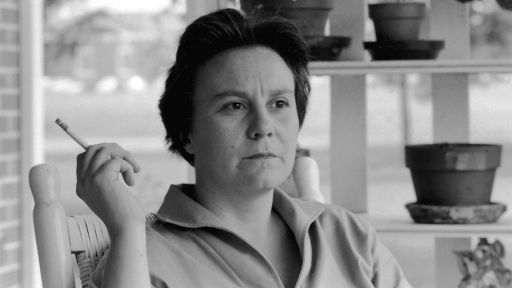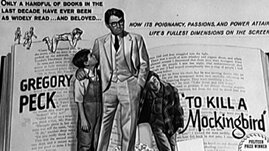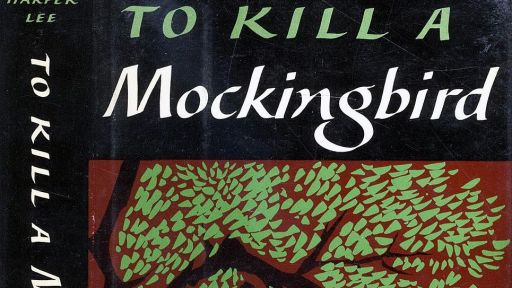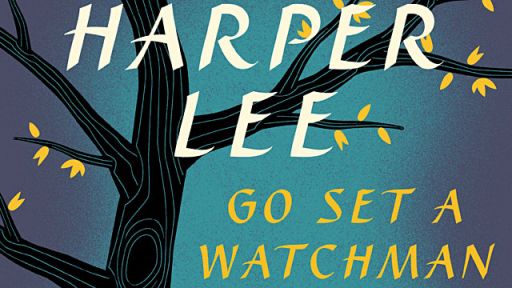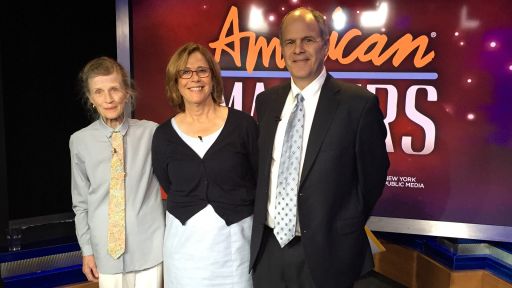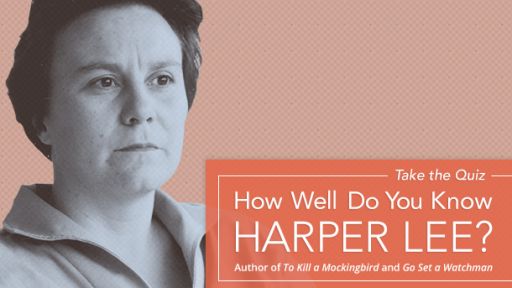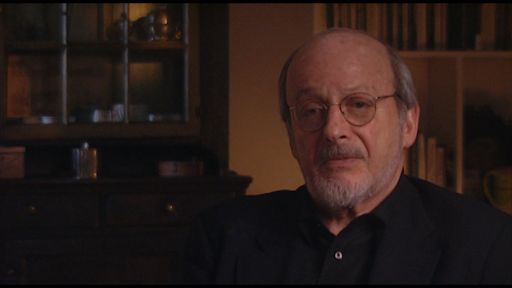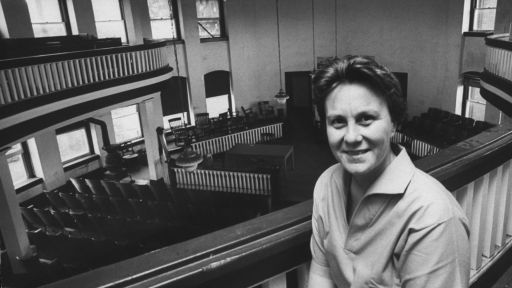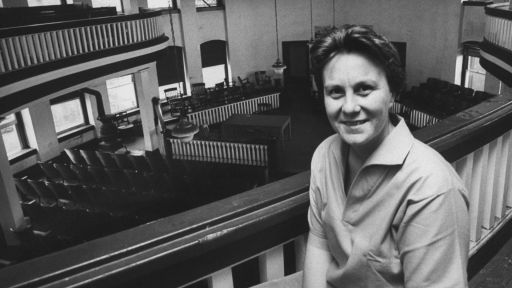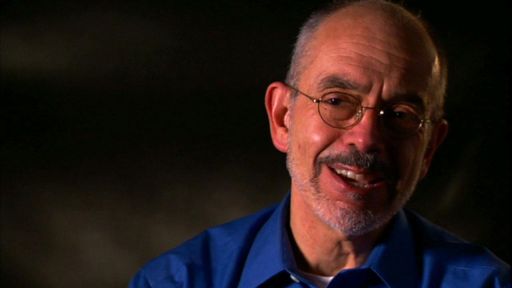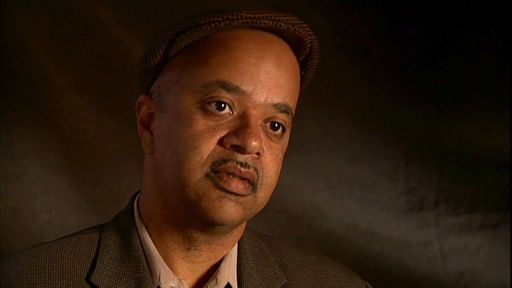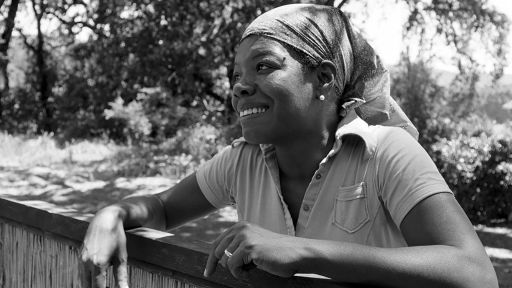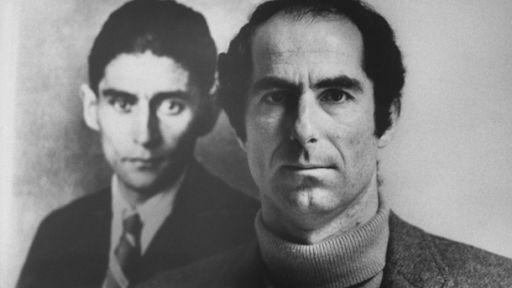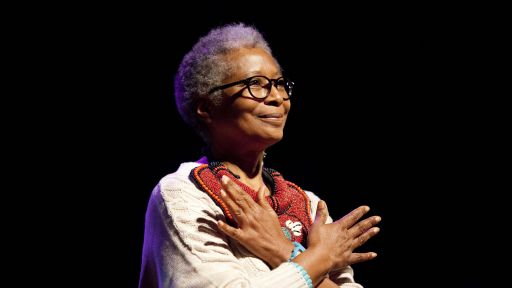
Author Harper Lee satisfied generations of readers with just one novel: To Kill A Mockingbird (1960). We’ll be reunited with the same beloved characters on July 14, 2015, when Go Set a Watchman, the novel she wrote first, is finally published.
In the spirit of connections to the past, American Masters looks into its vault to play the Six Degrees of Separation game with Harper Lee and other American Masters.
American Masters from Alabama
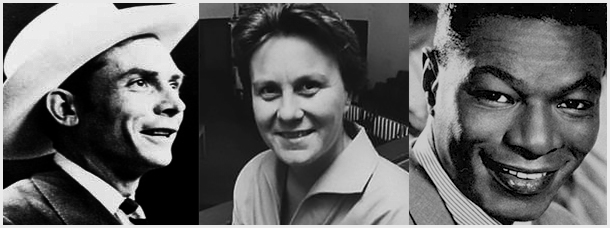
Left to right: American Masters Hank Williams, Harper Lee, Nat King Cole, all natives of Alabama.
Three American Masters were born with 210 miles of one another in Alabama: Nat King Cole, Harper Lee and Hank Williams.
Nelle Harper Lee was born on April 28, 1926, and raised in Monroeville, Alabama. Her father, Amasa Coleman Lee, was a prominent figure in town, recognized for his work as a lawyer and newspaper editor. Lee set her novels To Kill A Mockingbird and Go Set a Watchman in Alabama.
Singer Nat King Cole was born in Montgomery, Alabama, as Nathaniel Adams Coles on March 17, 1919 (1916 and 1917 have also been cited). His father, Edward Coles, was a respected community figure as pastor of the First Baptist Church. Just as Lee drew from the moral stature of her father to create the character Atticus, Cole paid homage to his father with his first hit “Straighten Up And Fly Right” (1943), a title taken from his father’s sermon.
Singer Hank Williams was born in the tiny settlement of Mount Olive in south-central Alabama on September 17, 1923. He did not have a stable family life as Lee and Cole did. Williams, like Lee, is somewhat of an enigma because he kept his personal life out the public eye. According to Morgan Neville, the director of Hank Williams: Still Singing After All These Years, Williams wrote virtually no letters, gave few interviews and often gave people conflicting ideas about who he was.
American Masters and Friends
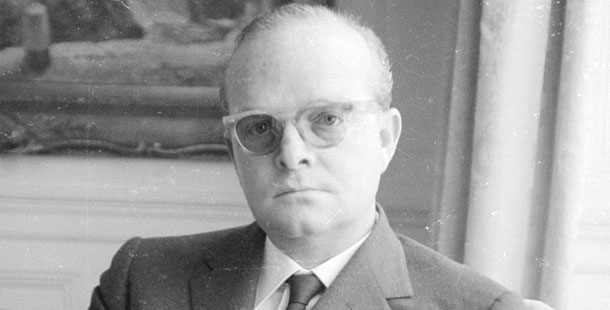 Writers Harper Lee and Truman Capote (September 30, 1924 — August 25, 1984) grew up together as playmates in Monroeville, Alabama, and later shared the experience of becoming famous writers in New York City. Capote inspired the precocious character “Dill” Harris in Lee’s novel, To Kill a Mockingbird. In turn, Lee is the basis of two of Capote’s tomboy characters: Idabel Thompkins in his novel Other Voices, Other Rooms (1948) and Ann “Jumbo” Finchburg in the short story “The Thanksgiving Visitor.”
Writers Harper Lee and Truman Capote (September 30, 1924 — August 25, 1984) grew up together as playmates in Monroeville, Alabama, and later shared the experience of becoming famous writers in New York City. Capote inspired the precocious character “Dill” Harris in Lee’s novel, To Kill a Mockingbird. In turn, Lee is the basis of two of Capote’s tomboy characters: Idabel Thompkins in his novel Other Voices, Other Rooms (1948) and Ann “Jumbo” Finchburg in the short story “The Thanksgiving Visitor.”
After she completed the manuscript of To Kill a Mockingbird, Lee assisted Capote in research for his groundbreaking, non-fiction book, In Cold Blood (1966). Capote dedicated the book to both Lee and his romantic partner, writer Jack Dunphy. It has been widely reported that Lee was disappointed in how little credit he gave her for her work. Capote never finished another book.
The film Capote (2005) depicts Lee and Capote’s relationship. Director Bennett Miller said he had never had any contact with Lee before receiving a three-page letter from her, commenting on the film. The letter reportedly said: “As you must know, so much of what exists in the film did not really unfold in exactly that way, but it is an example of fiction’s ability to achieve truth.” She continued, “If you want a quote from me, you can say, ‘The film told the truth about Truman.’”
American Masters of the Same Character
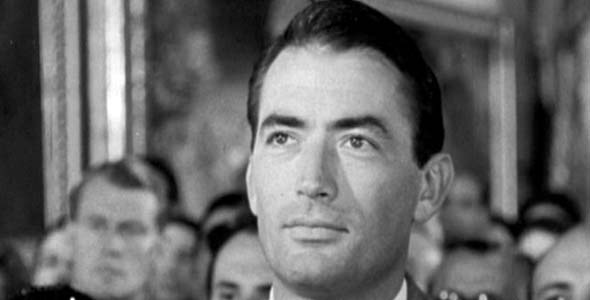
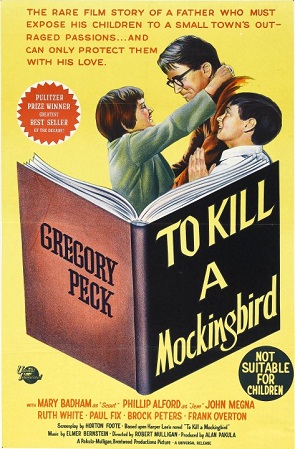
To Kill a Mockingbird won 3 Academy Awards (Best Actor, Best Adapted Screenplay, Best Art Direction) of 8 nominations
Hollywood’s great leading man Gregory Peck (April 5, 1916 — June 12, 2003) always asserted that his best and favorite film was To Kill a Mockingbird (1961), in which he portrays Atticus Finch, the character popularly believed to be based on author Harper Lee’s father. The film won three Academy Awards, including Peck’s for Best Actor, his only Best Actor award among his four Academy nominations.
Harper Lee wrote about Peck: “When I learned that Gregory Peck would play Atticus Finch in the film production of To Kill a Mockingbird, I was of course delighted: here was a fine actor who had made great films – what more could a writer ask for? …The years told me his secret. When he played Atticus Finch, he had played himself, and time has told all of us something more: when he played himself, he touched the world.”
Literary One-Hit Wonders

Left to right: American Masters Ralph Ellison, Harper Lee, Margaret Mitchell --- all known for their first novel.
Three American Masters became icons by virtue of one fantastic novel: Ralph Ellison, Harper Lee and Margaret Mitchell. In each of their novels, race is pivotal.
Margaret Mitchell (1900–1949), a writer from Georgia, saw one novel published during her lifetime, and like To Kill a Mockingbird, her first novel won the Pulitzer Prize for Fiction. Gone With the Wind (1936) follows a young wealthy white woman before, during and after the Civil War. It also inspired an eponymous film, which won 10 Academy Awards in 1939. (American Master David O. Selznick produced the film.) Watch American Masters – Margaret Mitchell: American Rebel and read an interview with Mitchell about Gone With the Wind from 1936.
Ralph Ellison (1914–1994), a writer from Oklahoma, achieved international fame with the publication of his first novel, Invisible Man, and like Lee, was awarded the Presidential Medal of Freedom for his contribution to literature. Invisible Man is a modernist masterpiece referencing African-American folktales, the blues, jazz, and black traditions and is the only novel published in Ellison’s lifetime. In 1999 his second novel, Juneteeth, was published posthumously by his longtime friend and biographer.
Of course as of July 14, 2015, Harper Lee will no longer be a one-hit wonder thanks to the publishing of Go Set a Watchman, which was the first manuscript she ever submitted to her publisher in the 1950s.
Recluses of American Masters
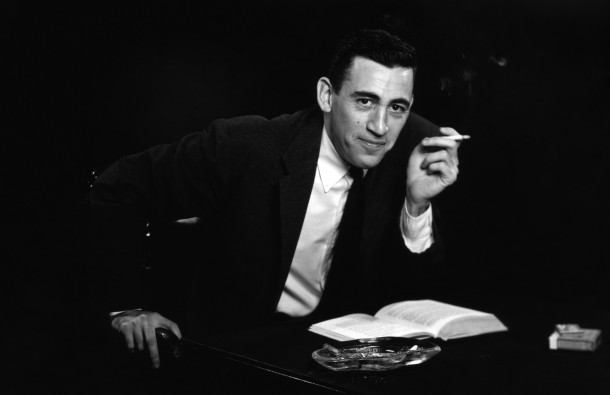
J.D. Salinger. Photo by Antony Di Gesu/San Diego Historical Society/Hulton Archive Collection/Getty Images.
J.D. Salinger’s first novel, The Catcher in the Rye, was published July 16, 1951 and like Lee’s novel that came 11 years later, was immediately selected for the influential Book of the Month Club and became a best-seller. Salinger gave us the protagonist Holden Caufield, whose protective love of his sibling and suspicious view of adults and “phonys” made him the quintessential anti-hero to millions of young readers. The heroine of Lee’s To Kill a Mockingbird is young Scout, who calls it like she sees it and resists the norms of behaving like a “young lady.”
Like Harper Lee, Salinger (January 1, 1919 – January 27, 2010) rejected the instantaneous fame he gained in his 30s and became a figure of curiosity for retreating from public life. Since publication of To Kill a Mockingbird, Lee has granted almost no requests for interviews or public appearances and, with the exception of a few short essays, published nothing prior to the upcoming Go Set a Watchman.
–BY CHRISTINA KNIGHT
See other connections between American Masters in Six Degrees of Salinger and our Six Degrees Game. Harper Lee: American Masters airs nationally at on Friday, July 10, 2015 at 9 pm on PBS (check local listings).

